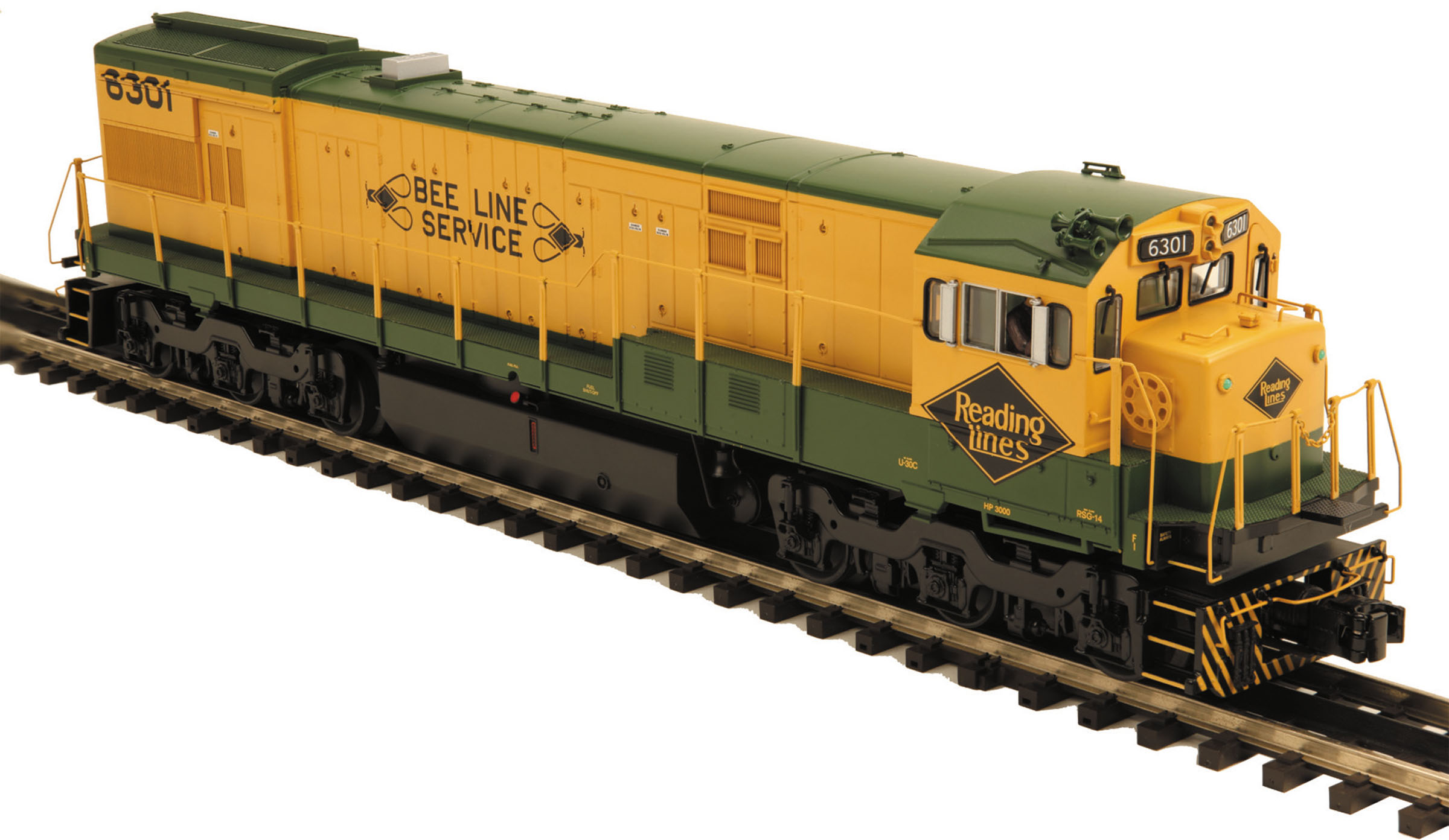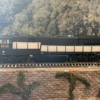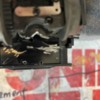So far I have taken the pilot off and created my first shim for it. The thickness of the styrene is .40. I said incorrectly said .60 in an earlier post. Obviously the pilot has to be disconnected from the trucks. From all of the conversions I have seen, only one shim was used between the pilot and underside of the locomotive.
I am using Kadee #746 couplers for this locomotive to insure it takes my curves with no problems. I tried to temporarily install the coupler using a second gear box for a shim. Even with that the coupler is too high. What am I doing incorrectly?
...
My recollection is that the pilot gap on MTH hi-rail locomotives is about .120-.125 so it would take three .040 styrene shims to make up the space (I think Evergreen makes up to .125 styrene sheets).
You CAN use Kadee #746 long-shank couplers for more swing, but you'll need to shave about 1/8" off the back of the box to clear the truck's coupler mount (which applies to the 2-rail versions of the locomotives as well). You'll get more swing, but it won't look right. On MTH diesels, the appropriate coupler is the Kadee #806 or #743 short shank/short box coupler. On some MTH engines, even shaving the box won't work (GP35 rear truck and SD45's come to mind). With the Kadees installed, they will work on 36" radius (O-72 curves) but there are a couple of things to be mindful of:
- The end of the locomotive swings out from the center of the curve as does the end of the coupled car. So you have to watch out for coupling long cars directly to the locomotive. An 85-foot passenger car with standard couplers will bind and possibly derail. In practice, when I ran at the club, I would typically couple a 40 or 50-foot car to the locomotive. An Atlas 2-rail 89-foot trailer flat has long-shank couplers (as do prototype) with extra swing and are the exception.
- Long-shank couplers have some vertical play, so proper height is important so they don't ride up/down and de-couple. This was problematic with my Atlas 89-foot flats out of the box which had plastic long-shank couplers that flexed when you have a few of them in tow. I replaced the plastic couplers with Kadee 746's and problem solved.
Also, make sure your trip pins properly clear as some coupler trip pins hang low enough to snag the center rail which can lead to some interesting mishaps. Fortunately, the Kadee height gauge has a clearance gauge for this.








